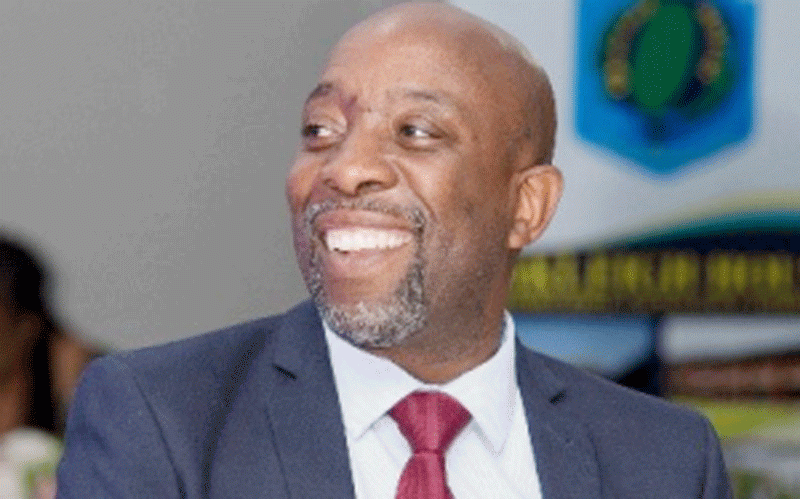
By Nyasha Chingono
ZIMBABWE is lagging behind other regional countries in infrastructural development and would require huge investment to build robust infrastructure and catch up with continental leaders, a new report by the African Development Bank (AfDB), World Bank and United Nations (UN) says.
According to the recently released Joint Needs Assessment report compiled at the request of government in 2017, there is inadequate expenditure on infrastructural development in Zimbabwe.
“The revised Infrastructure Action Plan has highlighted the following shared challenges across most infrastructure sectors: There are inadequate levels of public expenditures for routine and periodic maintenance, large and unsustainable operating losses of parastatals providing services due to low tariffs, lack of progress in building institutional capacities for management and regulation of basic infrastructure services,” the report reads.
According to AfDB’s Action Programme for Infrastructure that runs until 2030, the country requires US$34 billion in the next decade. This means Zimbabwe requires US$3,4 billion every year for the next 10 years to build robust infrastructure and catch up with its regional counterparts.
The Joint Needs Assessment report says priority should be given to transport, water and sanitation, communications, power, roads and improvement of services in urban and rural centres which Zimbabwe desperately needs.
The report recommends prudent infrastructure investment decisions. “Given the dire economic situation and strict requirements for fiscal consolidation, investment decisions should be made more strategically and be based on decisions about which investments need to be funded by the government of Zimbabwe and where investments can be left for the private sector (‘cascade’); financing practices should also be reviewed to ensure least-cost and competitive procurement processes,” the report says.
Urgent investment decisions should be made in water and sanitation where cities like Harare are sitting on a health time bomb as a result of old water infrastructure and the city’s rundown water works, Morton Jaffray.
- Chamisa under fire over US$120K donation
- Mavhunga puts DeMbare into Chibuku quarterfinals
- Pension funds bet on Cabora Bassa oilfields
- Councils defy govt fire tender directive
Keep Reading
The local authority is also accused of pumping dirty water to millions of households around the country. Other councils have also failed to replace water infrastructure, most of which dates back to the pre-independence era.
According to the action plan, sustainable energy infrastructure requires US$1,14 billion. Zimbabweans are currently enduring excruciating 18-hour load shedding daily as a result of the failure to generate enough electricity.
The power cuts have been worsened by the country’s failure to service debts to South African power utility Eskom and other regional electricity producers.
The country also desperately requires investment in renewable energy such as solar and wind power.
AfDB also proposed major investment into the country’s communications sector, primarily for the creation of a fibre optic backbone network to the tune of US$412 million.
The country’s road maintenance will require US$43 million. AfDB says successful implementation of the programme would bring a range of benefits to the country.
The bank says sound infrastructure would bring a raft of benefits to Zimbabwe, including improved transport modality and lower costs for the movement of cargo domestically and internationally, reliable supplies of electricity, improved access to safe water and improved sanitation in both urban and rural areas.
“Indirect benefits include an improved environment for tourism and business activity in general.” l This story was originally published by the Zimbabwe Independent.










